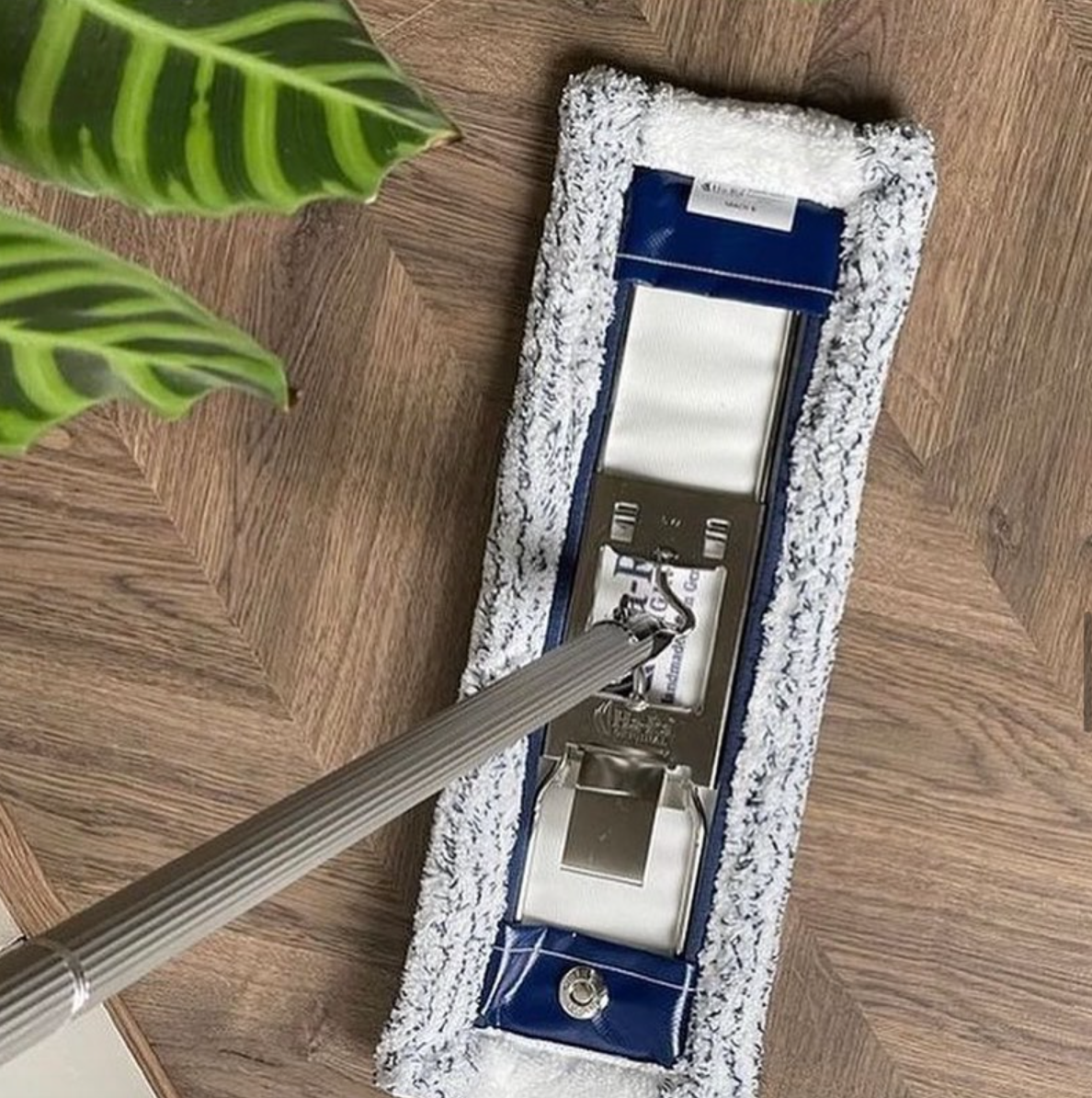Cleaning using Microfiber Towels
When people joke about "inventing a new mousetrap" or "reinventing the wheel", what they really mean is that most inventions do their jobs pretty well. There's either little need to think of anything new or little chance of coming up with anything better than we have already. If all inventors believed that, we'd still be living in caves and cooking buffalo stew on camp fires. Even the simplest things can often be done better. Take cleaning, for example—a chore most of us love to hate. Who'd have thought there'd be a better way to scrub things clean than using good old soap and water? If you've tried the latest microfiber cleaning cloths, you'll know that technology really can make life easier. Not only are these cloths more hygienic, they avoid the need for expensive (and often harmful) detergents and they get things looking far cleaner in a lot less time. It's not magic—it's science. Let's find out how these things work!
CLEANING WITH SOAP AND WATER
Water is pretty good at cleaning most things all by itself. That's because its molecules have two very different ends. They're electrically unbalanced, so they stick to all kinds of things (including lumps of dirt) like tiny magnets and break them apart. Water is sometimes called a universal solvent because it can dissolve so many different things. Where water alone can't help, you can turn to a detergent (a soapy chemical that clings to dirt and grease, breaks it apart, and makes it easier for water molecules to flush it away).
Many people don't like using detergents, however. They're expensive, for one thing. Another problem is that they can cause allergic reactions and skin complaints. Some people worry that overusing detergents and cleaning agents—in an effort to make our homes cleaner and more hygienic—is undermining the way our bodies' immune systems naturally defend themselves against germs. Another complaint is that detergents don't simply disappear into thin air. They contain chemicals that flush down our drains into rivers and seas, where they gradually build up and cause water pollution. We might be making our homes cleaner, but we're making the environment dirtier in the process. For all these reasons (and a few more), many people would love to be able to clean their homes without chemicals—and that's where microfiber cleaning cloths can help.
WHAT'S DIFFERENT ABOUT A MICROFIBER CLOTH?
Suppose you want to clean a large, dirty wall as quickly and thoroughly as you can. You could use a toothbrush, but it would take you forever. So probably you'd opt to use the biggest brush with the most bristles you can find. Now scale the problem down. If you want to clean a worktop really well, what's the best thing to use? You can't use a gigantic brush or even a huge cloth, but you can achieve the same effect by using a cloth that packs more punch into the same cleaning area. An ordinary cleaning cloth has fibers made of cotton or a synthetic material such as nylon. You've seen pieces of cotton so you know exactly how big the fibers are. But a microfiber cloth has far more fibers and they're much smaller. If "many hands make light work", so do many fingers—or many micro-fibers.
WHY DO SMALLER FIBERS CLEAN BETTER?
Microfibers are able to attach themselves to even the smallest, most microscopic dirt particles—ones that normal cloth fibers (positively giant in comparison) crudely brush past. If forces were visible, you'd be able to see that there are adhesive forces (the forces of attraction) between microfibers and dirt. As you may have learned in school chemistry, these forces are called van der Waals forces after their discoverer, Nobel-prize winning Dutch chemist Johannes Diderik van der Waals (1837–1923). (Van der Waals forces explain why geckos can stick themselves to ceilings using zillions of tiny hairs on their toes.) Although there is only a microscopic amount of van der Waals force between one microfiber and any given dirt particle, remember that there are millions of microfibers in a cloth, so the overall sticking effect is magnified dramatically. That's why dirt, dust, and other stuff can be "hoovered up" by microfiber cloths. And it's also why you have to clean microfiber clothes so very thoroughly after you've used them. (Generally, it's best to boil a microfiber cloth in a saucepan and avoid washing it with normal detergents. Follow the manufacturer's instructions if you're unsure what to do.)
HOW MICROFIBER CLEANING CLOTHS WORK
Chemical cleaning
If you clean the traditional way, with soap and water, the molecules of the detergent you use (shown here with orange dots) stick to and break down the dirt and grime (brown blob). When you rinse with a wet cloth (red), the water molecules (blue dots) glued to its fibers stick to the detergent and wash it away with the dirt still attached. This is old-fashioned cleaning with chemistry. Compared to a microfiber cloth, a normal cloth has relatively few fibers so it cleans in a hit-and-miss way. Dirt gets missed and detergent and water often get left behind on the surface you're cleaning.
How to use Microfibre Cleaning Cloths by Chris Woodford. Last updated: April 16, 2015.







